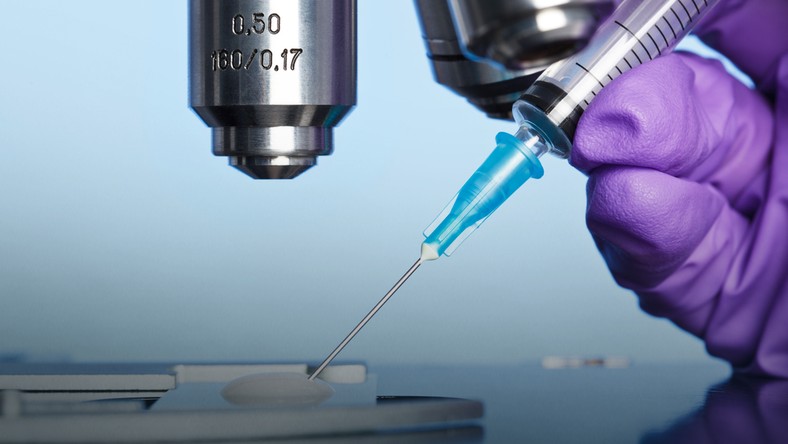
Photo: Shutterstock
For the time being there will be DNA testing remains Piast from the cathedral in Plock
Plock Royal Chapel of the Cathedral of the Assumption of the Blessed Virgin Mary, one of the oldest churches in Poland, is the largest necropolis of the Piast. There lie the medieval Polish rulers: Władysław I Herman and his son Boleslaw III the Wry-mouthed and several dukes of Mazovia.
In connection with the planned extensive renovation of the Royal Chapel, Bishop Libera consulted on possible DNA testing Piast resting there. In consultation with experts “decided that in the current situation it is inexpedient to conduct this type of research,” – said a spokeswoman for the Diocese of Plock, Dr. Elizabeth Grzybowska.
As noted, the position of Bishop Libera DNA testing on the remains of Piast “is based on the opinion of independent experts lay” with the State Archaeological Museum in Warsaw, of the Regional Office for the Protection of Monuments in Warsaw and historian, medievalist professor. Henry Samsonowicza. – Experts agreed that at this stage of renovation and restoration carried out in the cathedral, opening graves, Prince Ladislaus Herman and Boleslaw Boleslaw is premature – emphasized in a press Grzybowska.
curia spokeswoman acknowledged that DNA testing remains Piast “could be taken after a significant advancement repair of the north tower and the Royal Chapel, including external walls, internal murals, altars and tombs” and “it would be a comprehensive study, as part of this work”. – It is impossible to rely only on genetic testing, but you should enter it in the wider context resulting from the need for a dignified burial Piast princes – said Grzybowska.
She pointed at the fact that “if the future had come for DNA testing, their execution will be entrusted to a specialized institution of scientific research.”
The plans for the restaurant Royal Chapel of the Cathedral, Bishop Libera of Plock announced at the beginning of October during a special press conference at which the president having its seat in Plock Enterprises PERN (PERN) ” Friendship “Marcin Moskalewicz declared partial significant financial support restoration work. Their total cost is estimated at approx. 1 million zł. At the moment it is not known the date of commencement of the project. PERN wants to overhaul started later this year.
From July last expiring renovation of the north tower of the cathedral of Plock – 400 thousand. zł allocated for this purpose the Ministry of Culture, which is 2/3 of the needed funds, and the remainder of Plock Town and parish fund. The renovation was necessary because of the condition of the tower, but also because of the planned restaurant, located in the lower part of the Chapel Royal.
According to art restorer Martin Kozarzewskiego, renewal and protection requires the entire interior of the Chapel Royal, including walls with visible cracks, flaking plaster and murals from the early twentieth century., damaged princely tombstone, dating from 1825. was taken by photographer architect Zygmunt Vogel and eighteenth-century floor. In his opinion, all the necessary work could take about a year. According to Kozarzewskiego, the greatest damage in the Royal Chapel has made water from precipitation, leaking from the cathedral tower before its current renovation.
Cathedral of the Assumption of the Blessed Virgin Mary in Plock, built in the years 1130 to 1144 in the Romanesque style, is one of the five oldest in the country and one of the three, where lie the ancient Polish rulers. Dukes are buried there: Wladyslaw I Herman (1043-1102) and his son Boleslaw III Wrymouth (1086-1138). In the days of their reign Plock was the capital of Polish. The cathedral lies a 15 dukes of Mazovia. The Basilica, which is on the list of 40 most important monuments of Polish history, was repeatedly rebuilt. The last reconstruction, made by architect Stefan Schiller (1857-1933), took place at the beginning of the twentieth century.
(LG)
No comments:
Post a Comment